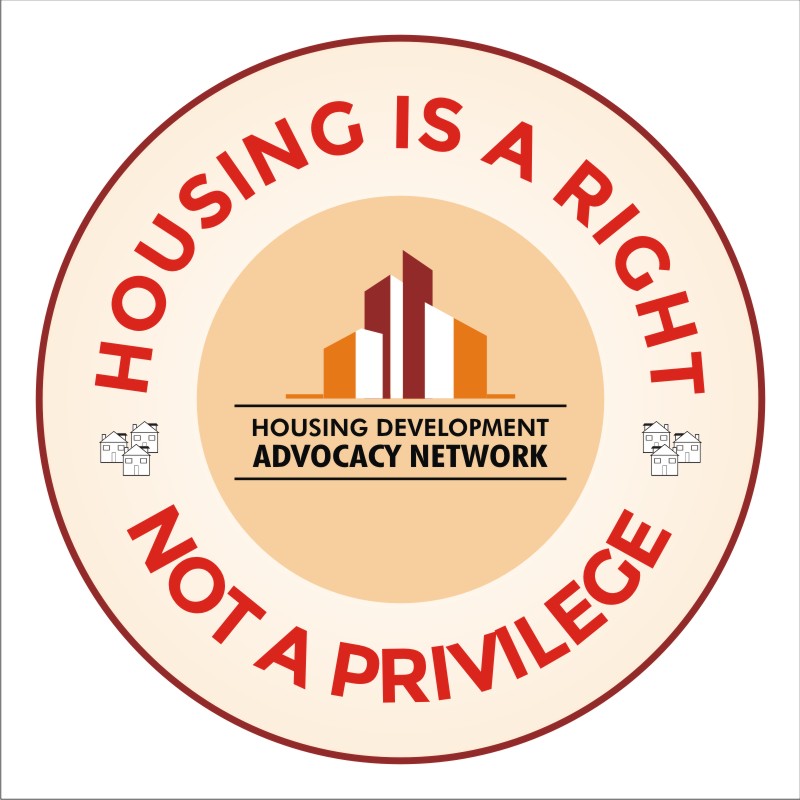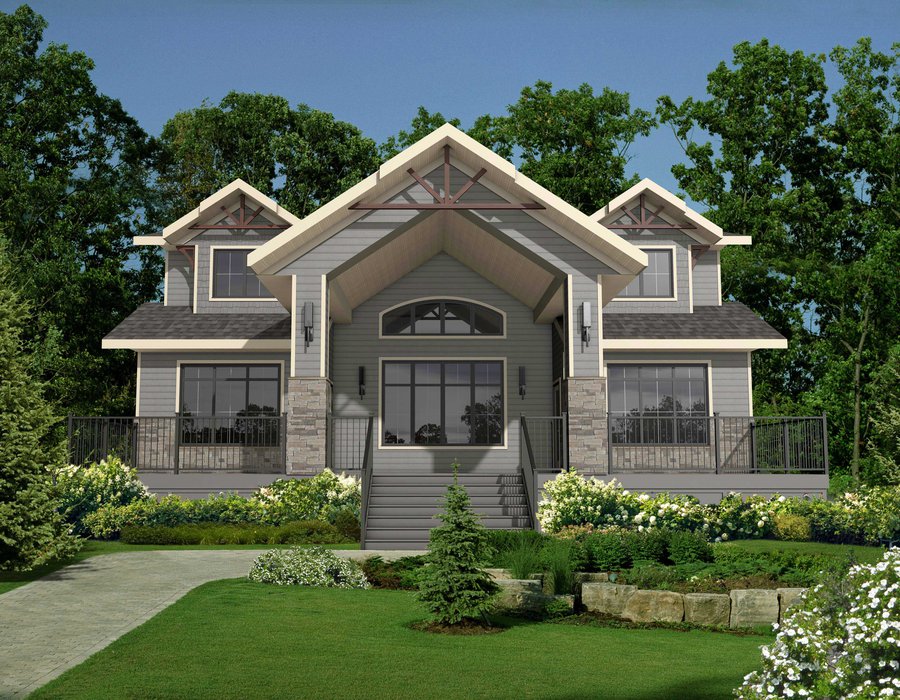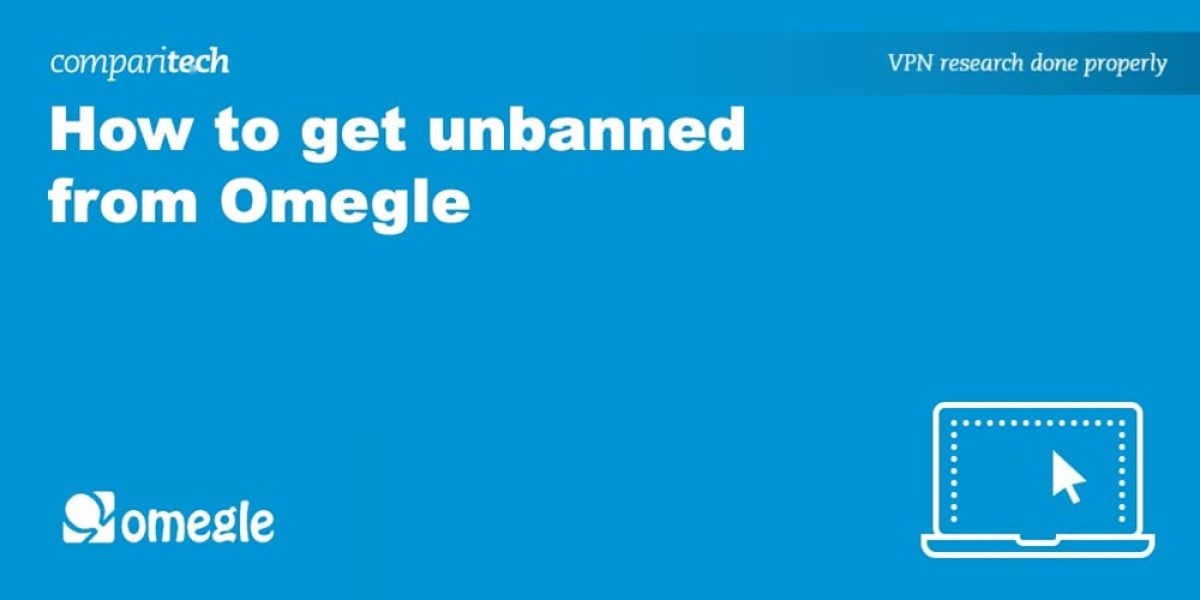
An adjustable-rate mortgage (ARM) is a home mortgage whose rates of interest resets at periodic periods.
- ARMs have low fixed rate of interest at their onset, however often become more costly after the rate starts varying.

- ARMs tend to work best for those who plan to sell the home before the loan's fixed-rate phase ends. Otherwise, they'll need to refinance or be able to pay for regular dives in payments.
Advertisement: Shop Top Mortgage Rates
A quicker path to monetary flexibility
Your Path to Homeownership
Personalized rates in minutes
If you're in the marketplace for a mortgage, one option you might stumble upon is a variable-rate mortgage. These mortgages feature fixed interest rates for a preliminary period, after which the rate moves up or down at routine intervals for the rest of the loan's term. While ARMs can be a more inexpensive ways to enter a home, they have some downsides. Here's how to understand if you should get a variable-rate mortgage.
Adjustable-rate home mortgage benefits and drawbacks
To decide if this kind of home mortgage is right for you, think about these variable-rate mortgage (ARM) advantages and drawbacks.
Pros of a variable-rate mortgage
- Lower initial rates: An ARM typically comes with a lower preliminary rate of interest than that of an equivalent fixed-rate home mortgage - at least for the loan's fixed-rate duration. If you're preparing to offer before the set duration is up, an ARM can save you a bundle on interest.
- Lower initial regular monthly payments: A lower rate likewise means lower home loan payments (at least throughout the initial duration). You can utilize the cost savings on other housing expenses or stash it away to put towards your future - and potentially greater - payments.
- Monthly payments might decrease: If dominating market rate of interest have decreased at the time your ARM resets, your month-to-month payment will also fall. (However, some ARMs do set interest-rate floors, restricting how far the rate can reduce.)
- Could be great for investors: An ARM can be appealing to investors who want to sell before the rate changes, or who will plan to put their cost savings on the interest into extra payments toward the principal.
- Flexibility to re-finance: If you're nearing the end of your ARM's initial term, you can decide to refinance to a fixed-rate home loan to avoid prospective rate of interest hikes.
Cons of an adjustable-rate mortgage
- Monthly payments might increase: The biggest drawback (and greatest risk) of an ARM is the possibility of your rate going up. If rates have actually increased given that you got the loan, your payments will increase when the loan resets. Often, there's a cap on the rate increase, but it can still sting and eat up more funds that you could utilize for other financial objectives.
- More unpredictability in the long term: If you intend to keep the home loan past the very first rate reset, you'll need to prepare for how you'll afford higher regular monthly payments long term. If you end up with an unaffordable payment, you could default, harm your credit and eventually face foreclosure. If you need a stable month-to-month payment - or just can't endure any level of threat - it's best to opt for a fixed-rate mortgage.
- More complicated to prepay: Unlike a fixed-rate home mortgage, including extra to your month-to-month payment will not significantly reduce your loan term. This is due to the fact that of how ARM rate of interest are computed. Instead, prepaying like this will have more of an effect on your month-to-month payment. If you wish to shorten your term, you're much better off paying in a big swelling amount.
- Can be harder to receive: It can be more hard to get approved for an ARM compared to a fixed-rate home mortgage. You'll require a greater down payment of at least 5 percent, versus 3 percent for a traditional fixed-rate loan. Plus, aspects like your credit score, income and DTI ratio can impact your ability to get an ARM.
Interest-only ARMs
Your month-to-month payments are guaranteed to go up if you select an interest-only ARM. With this type of loan, you'll pay only interest for a set time. When that ends, you'll pay both interest and principal. This larger bite out of your spending plan could negate any interest savings if your rate were to change down.
Who is a variable-rate mortgage finest for?
So, why would a property buyer pick a variable-rate mortgage? Here are a couple of circumstances where an ARM might make sense:
- You don't plan to remain in the home for a long period of time. If you know you're going to sell a home within 5 to ten years, you can choose an ARM, making the most of its lower rate and payments, then sell before the rate changes.
- You prepare to re-finance. If you expect rates to drop before your ARM rate resets, securing an ARM now, and after that refinancing to a lower rate at the right time could save you a significant sum of money. Remember, however, that if you refinance throughout the introduction rate period, your lender might charge a charge to do so.
- You're beginning your career. Borrowers quickly to leave school or early in their careers who know they'll make significantly more in time might also take advantage of the initial savings with an ARM. Ideally, your increasing earnings would balance out any payment boosts.
- You're comfy with the risk. If you're set on purchasing a home now with a lower payment to start, you might simply want to accept the risk that your rate and payments could increase down the line, whether you plan to move. "A debtor might perceive that the month-to-month cost savings between the ARM and repaired rates deserves the danger of a future boost in rate," states Pete Boomer, head of home loan at Regions Bank in Birmingham, Alabama.
Find out more: Should you get an adjustable-rate home mortgage?
Why ARMs are popular right now
At the beginning of 2022, really couple of borrowers were troubling with ARMs - they accounted for just 3.1 percent of all mortgage applications in January, according to the Mortgage Bankers Association (MBA). Fast-forward to June 2025, and that figure has more than doubled to 7.1 percent.
Here are some of the reasons ARMs are popular today:
- Lower rate of interest: Compared to fixed-interest mortgage rates, which remain close to 7 percent in mid-2025, ARMs currently have lower initial rates. These lower rates give buyers more buying power - particularly in markets where home rates stay high and affordability is a difficulty.
- Ability to re-finance: If you choose an ARM for a lower initial rate and home mortgage rates come down in the next few years, you can re-finance to decrease your month-to-month payments even more. You can likewise re-finance to a fixed-rate mortgage if you wish to keep that lower rate for the life of the loan. Contact your lender if it charges any charges to re-finance during the preliminary rate duration.
- Good option for some young families: ARMs tend to be more popular with more youthful, higher-income families with bigger home mortgages, according to the Federal Reserve Bank of St. Louis. Higher-income homes might have the ability to soak up the risk of higher payments when rates of interest increase, and younger customers often have the time and potential earning power to weather the ups and downs of interest-rate trends compared to older borrowers.
Discover more: What are the present ARM rates?
Other loan types to think about
In addition to ARMs, you must consider a variety of loan types. Some may have a more lax down payment requirement, lower interest rates or lower monthly payments than others. Options include:
- 15-year fixed-rate home loan: If it's the interest rate you're stressed over, consider a 15-year fixed-rate loan. It usually brings a lower rate than its 30-year equivalent. You'll make bigger monthly payments but pay less in interest and settle your loan faster.
- 30-year fixed-rate mortgage: If you want to keep those month-to-month payments low, a 30-year fixed home loan is the way to go. You'll pay more in interest over the longer period, but your payments will be more manageable.
- Government-backed loans: If it's much easier terms you long for, FHA, USDA or VA loans often include lower down payments and looser certifications.
FAQ about adjustable-rate mortgages
- How does a variable-rate mortgage work?
A variable-rate mortgage (ARM) has a preliminary fixed rate of interest duration, usually for 3, 5, 7 or ten years. Once that period ends, the rates of interest changes at pre-programmed times, such as every 6 months or when each year, for the rest of the loan term. Your new monthly payment can increase or fall along with the basic home mortgage rate trends.
Discover more: What is an adjustable-rate mortgage?
- What are examples of ARM loans?
ARMs vary in terms of the length of their initial duration and how typically the rate changes during the variable-rate period. For instance, 5/6 and 5/1 ARMs have actually fixed rates for the very first five years, and after that the rates alter every six months (5/6 ARMs) or each year (5/1 ARMs); 10/6 and 10/1 ARMs operate similarly, except they have 10-year initial periods (rather than five-year ones).

- Where can you find an adjustable-rate mortgage?
Most home mortgage lenders offer fixed- and adjustable-rate loans, though the offerings and terms vary considerably. Lenders provide weekday mortgage rates to Bankrate's extensive nationwide survey, which reveals the most recent market average rates for numerous purchase loans, consisting of current variable-rate mortgage rates.







